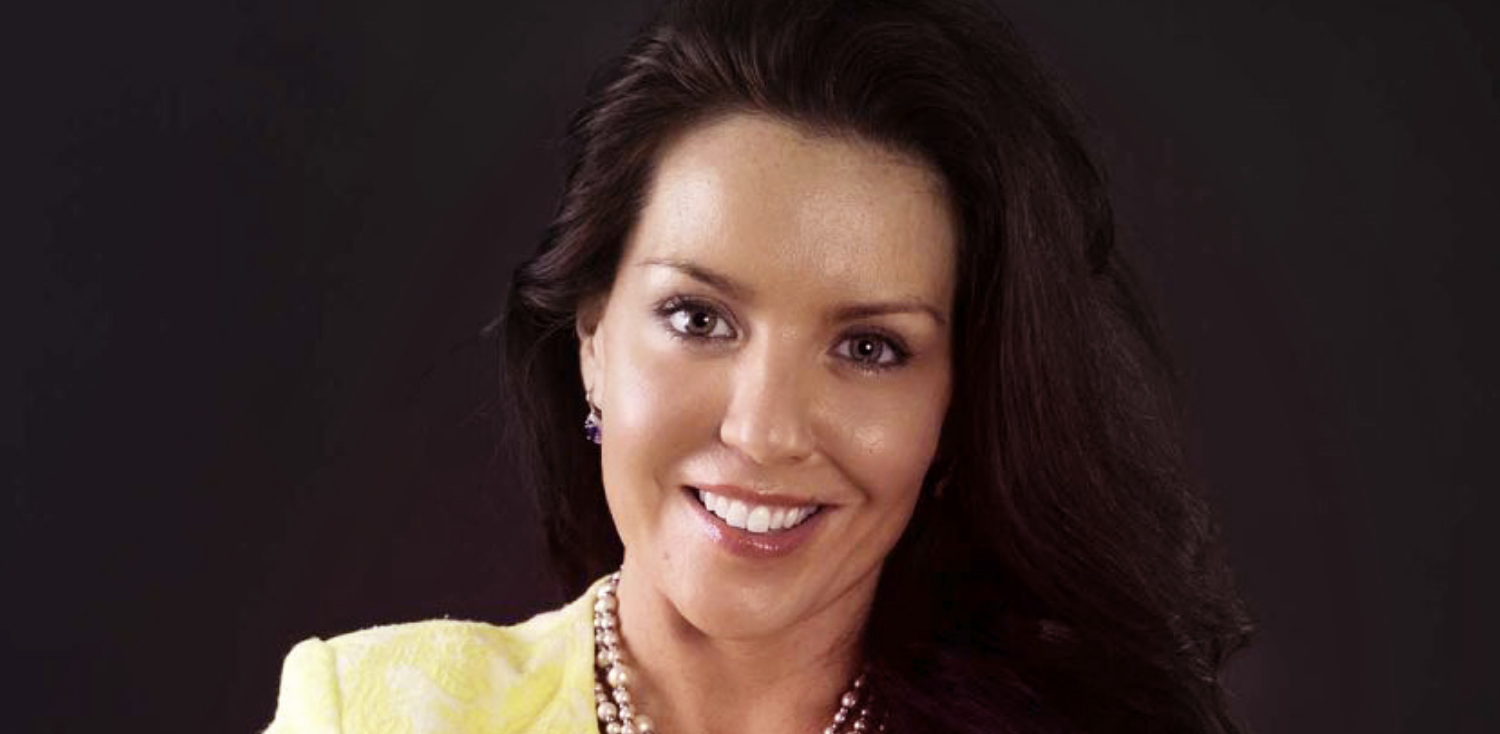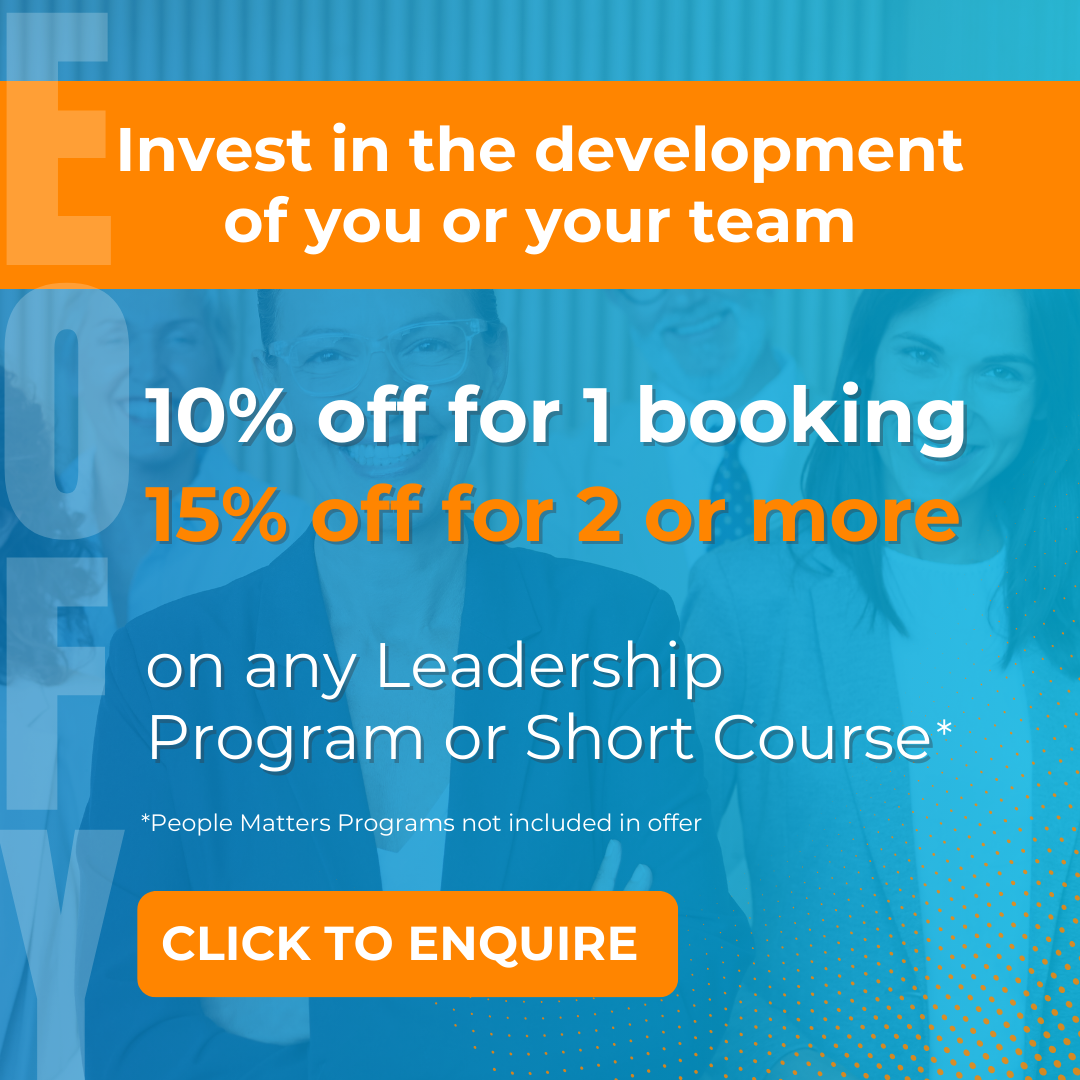By Nicola Field
At a time when leaders and managers have never been under more pressure to make maximum use of resources, it’s ironic that one of the nation’s strongest resources – our army of highly-skilled and experienced over-50s – are sometimes shunned by employers.
Despite the fact that we are living 25 years longer than our great grandparents, and the age of retirement is steadily creeping upward, Sinead Hourigan FIML, Queensland Director for Robert Walters, admits: “The reality is that ageism in the workforce still exists.”
100 RÉSUMÉS, FOUR INTERVIEWS
Even the most highly-skilled professionals have encountered age bias. Neil Tucker FIML, Principal of NWT Consulting (age 76), is a former Executive Director of the Council on the Ageing (COTA) NSW. With Paul McKeon, he co-authored the 2010 book The Rest of Your Life: How to make it as good as you want, and regularly presents on issues impacting older workers. Yet he knows firsthand how hard it can be to combat ageism in the workplace. In his 50s, he applied for 100 jobs. The response from these employers? A paltry four interviews.
Tucker says the issues surrounding older workers are complex. He suggests a number of reasons behind discrimination against older workers, including “perceived lack of proficiency with technology” and even “possible concerns about an older person’s health and physical capacity to work”.
Tucker also points to what many over-50s believe is a common problem: “We are living in a ‘millennial Facebook age’ – a fast-paced, image age, where older workers are seen as less adaptable than younger people even though studies show the reverse is true.”
This finding certainly correlates with the findings of Robert Walter’s Generation Gaps survey on the prevalence of age discrimination and unconscious bias in the Australian workforce. When 900 hiring managers and 1,500 professionals were surveyed, 84% of baby boomers said they preferred exploring new ways of working over tried and trusted approaches – yet only 5% of hiring managers cited ‘being open to new ideas’ as a key strength of older workers.
While that may be a reality, Hourigan says ageism is not always so explicit. “Those involved in the engagement and recruitment of workers do not overtly prescribe a preferred age for candidates. Everybody is more aware regarding what is acceptable these days.” However, she agrees that employers can have unconscious bias based on ill-founded preconceptions around older workers.
“Workers over the age of 50 are often seen as not having the qualities employers are looking for such as ‘agility’ and being ‘open to change’,” explains Hourigan. “Yet research findings demonstrate that older workers do possess these qualities, and in fact, have a genuine willingness to adapt to new circumstances and try new things in the work environment.” Hourigan points to hardware giant Bunnings, where one in three employees are aged 50-plus, saying, “They have shown that these workers are not just highly engaged, they are also extremely loyal.”
That loyalty is not entirely surprising. Hourigan explains, “We know that workers age 55-plus are reticent to leave an organisation with concerns about being able to secure alternative employment. Because of these concerns, they tend to be more likely to remain with employers than younger generations sometimes do.”
IS IT REALLY AGE-RELATED BIAS?
Dr Shirley Randell AO FIML has enjoyed an eminent career as an educator and expert in the public sector and institutional reform in the Pacific, Asia and Africa. The benefit of global experience has given Dr Randell an international outlook, and she says ageism isn’t something she has observed overseas in developing countries where “age – and the wisdom and experience it brings – is often viewed with respect”.
She notes that here in Australia, some organisations can push out older workers but believes there may be a variety of reasons for age bias. “It does depend on the sector,” she notes, “but for those working in frontline roles, employers may prefer someone younger.”
Neil Tucker acknowledges that there can be genuine structural reasons why an older worker may be unsuitable for a role. He says some older workers may have a short workforce horizon while an employer is looking for someone who will be with the company for up to 10 years. In other instances, “Older workers are often highly skilled, and employers can be reluctant to place them in a role where they are over-skilled.”
Hourigan confirms that hiring managers can be concerned that candidates with too much experience won’t stay in a role for long, but adds, “It is possible to flesh out in an interview how committed a candidate is to a role.” She notes too that these candidates can be a fantastic addition to the workforce and offer significant value for money for employers if they are engaged effectively.
Nonetheless, the problem of ageism can be systemic. Hourigan points to professional services firms, which sometimes mandate that partners need to exit between the ages of 55 and 60. “This may be primarily designed to accommodate new partners entering into what can be a complex partnership structure,” says Hourigan. “But it can inadvertently send a message that older workers are not valued.”
THE MESSAGE TO EMPLOYERS
Our ageing workforce is likely to underpin a massive shortage of skills as the baby boomer generation exits the workforce. This alone should encourage leaders to embrace the skills and experience that older workers bring to a team. But it demands a concerted effort. Organisations don’t just need to be open to hiring older workers, Hourigan says, “They need to be proud about taking this stance and shout it from the rooftops.”
A key starting point for employers is to consider how the organisation will make older workers feel welcome. “Reflect on the language used in recruitment advertising and position overviews,” advises Hourigan. “Expressions such as ‘fresh young faces’, ‘high pressure’ or ‘fast-paced’ can create pre-conceptions in candidates’ minds that may prevent them applying for a particular role or joining an organisation.”
The interview process itself may need an overhaul. Tucker observes that, “Older workers can face barriers if the person on the other side of the interview table is uncomfortable with the idea of an older person telling them what to do.”
Hourigan certainly recommends having older workers sit on an interview panel, saying, “We have a tendency to respond better to a familiar face, and by having broader age representation on a panel, older workers are more likely to form a view that this is an organisation they can identify with.”
Post-interview feedback matters too. When older applicants don’t hear back from a hiring manager Hourigan says they will often presuppose that their age is the reason they didn’t get the job. Most importantly, employers need to focus on a candidate’s ability not their age.
AGE-SYMPATHETIC WORKPLACES
Every generation brings different biases to the workplace, and the role of leaders is to create an environment of mutual respect. Hourigan believes there are a number of steps managers and leaders can take to help older workers not just feel valued, but also be seen as valued. One course of action is to give older workers recognition. “We tend to encourage our up and coming people but it’s worth acknowledging the contribution of older employees too,” notes Hourigan.
Employers also need to consider what motivates older workers, which can be very different from employees in their mid-20s. An organisation’s employee benefits program for instance may include subsidised childcare – a perk that is unlikely to be relevant for many older workers. However, Hourigan points out that allowing time for something like ‘grandparent days’ allows older workers to connect with both family and work.
According to Dr Randell, some employers may be unwilling to invest in the reskilling necessary to keep older workers up to speed with technological advances. Hourigan says this is an area where leaders can be proactive. “Older workers should be encouraged to participate in training and development. Employers often don’t invest as heavily in older workers because of perceptions they won’t stay on.”
WHAT CAN OLDER WORKERS DO?
It’s one thing for employers to shift their way of thinking about older workers. But this will take time and, meanwhile, the struggle to gain employment can be very real for over-50s. So what can older job seekers do now to increase their prospects of landing a role?
Hourigan says that just getting in front of a hirer can make a significant difference. She cautions, “Candidates need to be aware that a younger person may be the first port of call to screen résumés, so it is sensible to take steps to avoid any age bias at this stage.” Leaving your date of birth off a résumé or removing references to the date a degree was completed can create a more level playing field.
Creating a short, sharp list of your career history helps too. According to Hourigan, employers are usually only interested in the past 10-15 years of a candidate’s work experience so it’s enough to share this and leave more distant experience off your résumé altogether.
And if you can’t beat the social media age, then embrace it. Hourigan advises candidates to be active on social media sites like LinkedIn, particularly in a professional context. “If you are aiming to secure employment in a particular industry, focus on engagement with content relevant to the sector rather than taking a scattered approach.”
OUTSIDE THE BOX
Neil Tucker says, “Ageism is really tough” and adds that it calls for “persistence and a decent serve of resilience, which can be hard.” But it can be a case of when the going gets tough, the tough demonstrate the full breadth of their resourcefulness.
Tucker notes that the different options to pursue employment will vary depending on whether or not immediate income is needed to support a professional and their family.
A worthwhile first step is to tap into professional contacts. “Only a small percentage of jobs are advertised,” says Tucker. “And older people who get gigs are often those who know someone. So look around at who you know, no matter how humbling it may be.” As he points out, if you approach 15 people and get 15 “no’s” at least you’ve eliminated your network.
A change of expectations and mindset may be necessary too, including being open to a new career or taking on part-time work. “During my time with COTA, I received an application from one guy aged 56, who had applied for more than 200 jobs,” recalls Tucker. “He was a highly skilled engineer but he eventually found work running a mature workers’ project. He’d written so many applications, his employer was at least confident he could type!”
If you have breathing space in terms of income, raising your hand for voluntary work can widen the scope of possibilities. Tucker says, “It’s about getting a foot on the first step and showing that you’ve got form. It can be hard from a financial perspective but it may lead to meeting someone who offers you a job.”
If you’re prepared to accept a career change, Tucker advises, “Consider what you love doing – and what you’re good at. If you’re good at writing you may be able to pick up part-time editing work. If you love walking, think about becoming a walking postman – so what if you’re an engineer? It all comes down to being adaptable and making the most of your entire skillset.”
A healthy dose of self-reflection can also make a difference. “Older workers need to emphasise their qualities of loyalty and trustworthiness,” says Tucker. “Be honest about yourself. Consider ‘What do people like about me?’ ‘What do people find hard about me?’ If in doubt, ask others.”
Above all, aim to stay positive. Tucker admits, “The strain around finding a role can be prodigious, particularly if you are also dealing with financial responsibilities. But don’t let anger inhibit your approach.”
HOLISTIC APPROACH
There are many steps leaders and managers can take within their organisations to combat ageism but Sinead Hourigan says we are looking ultimately at a “significant societal issue” – one that requires the support of government as well as industry. The Australian Government is investing in a skills checkpoint for older workers, which is a start but more needs to be done.
“As a society we should be talking about diversity of age in the workforce as well as gender and cultural equality,” notes Dr Randell. “The Human Rights Commission is doing good work in this space, and we could see employers set targets for the number of older people in their workplaces.”
Most importantly, as a society, we need to value our older workers. “Experience is a valuable commodity and once lost from our workforce, it will be impossible to replace,” warns Hourigan. “Without our older generation providing mentoring and support to our future leaders and managers we run the risk of missing out on the opportunity to pass knowledge through generations.”













